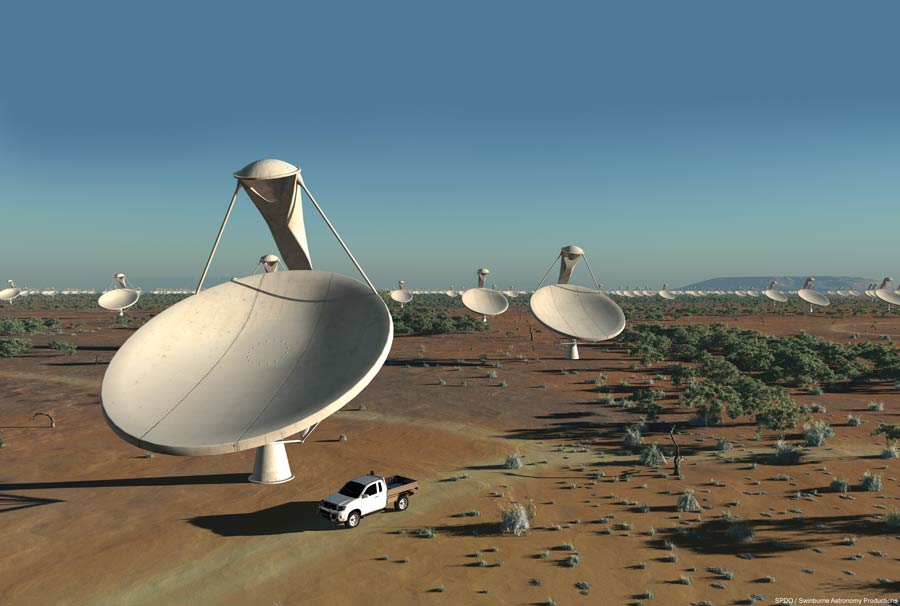The Humanities, Medicine, and Science (HUMS) Symposia at the University of Malta offer a unique platform where experts from diverse fields come together to explore a single theme from multiple disciplinary perspectives. This academic year, the HUMS first event, entitled ‘The Sun’, provided an interdisciplinary deep dive into the scientific, cultural, and existential significance of our closest star.
Continue readingThe sky’s role in archaeology
In 1994, Czech poet-president Vaclav Havel wrote an article discussing the role of science in helping people understand the world around them. He also noted that in this advance of knowledge, however, something was left behind. ‘We may know immeasurably more about the universe than our ancestors did, and yet it increasingly seems they knew something more essential about it than we do, something that escapes us.’ Almost all traditional cultures looked to the sky for guidance. Cosmology is what gave our ancestors their fundamental sense of where they came from, who they were, and what their role in life was. While arguably incorrect, these ideas created codes of behaviour and bestowed a sense of identity. The cosmology of European prehistoric societies has been studied independently by archaeologists and archaeoastronomers (an interdisciplinary field between archaeology and astronomy). Despite their shared goal of shedding light on our past lives, thoughts, and ideas, the two fields have often failed to merge, mainly due to different approaches. A clear local case is the question of the Maltese megalithic temples.
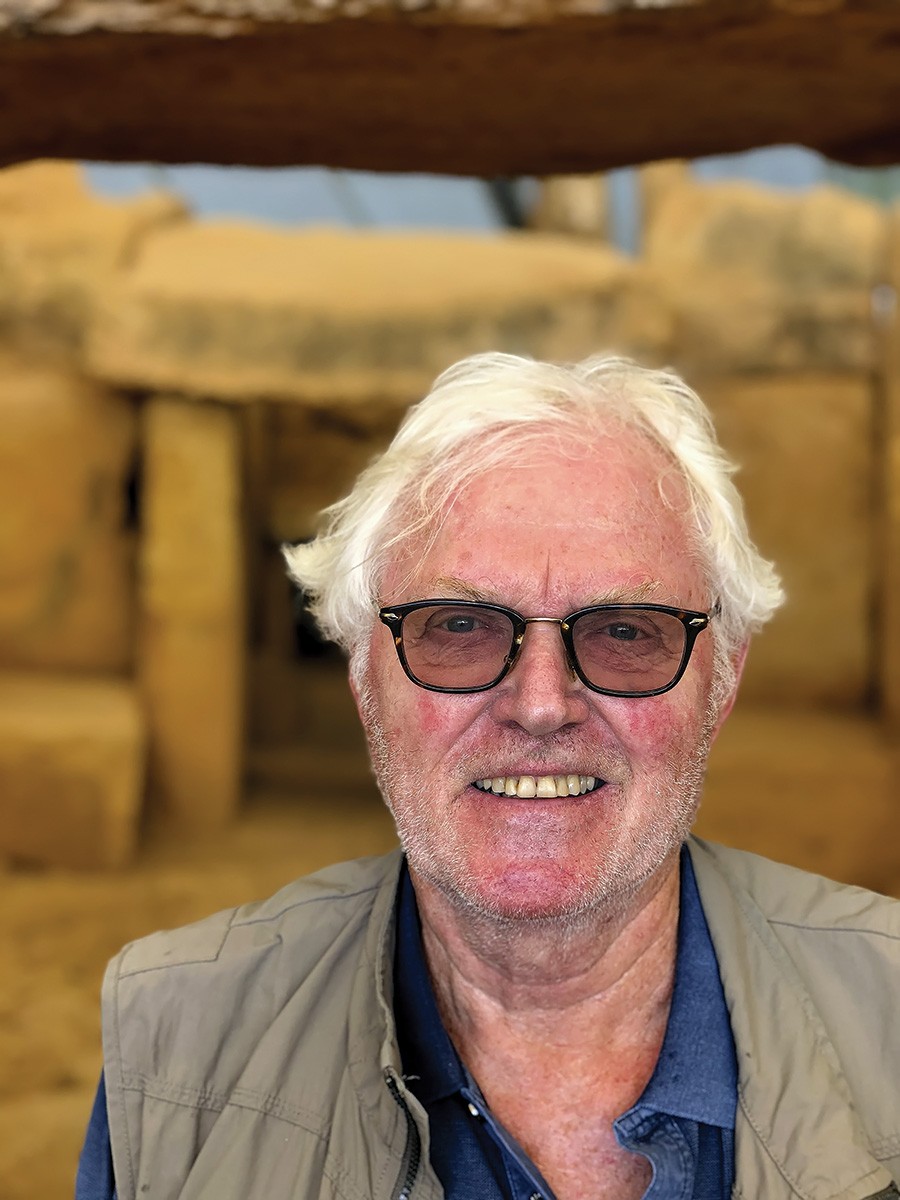
The Mnajdra South Temple on Malta predates both Stonehenge and the Egyptian pyramids. It is the oldest known site in the world that qualifies as a Neolithic device constructed to cover the path of the rising of the sun throughout a whole year. What is unfortunate is that, so far, archaeologists and archaeoastronomers have studied the site largely in isolation.
Whether the temples were built to visualise the effects of the rising sun as seen today is an open question. But with such specific and repetitive patterning, one cannot deny that the sky was an important element in the builders’ understanding of the world—their cosmology.
With some exceptions, archaeologists have largely ignored, excluded, or underrated the importance of the sky in the cultural interpretation of the material record. When studying ancient communities, chronological dating and economic concerns are often given precedence over the immaterial.
But the fault does not lie solely with disinterested archaeologists. Archaeoastronomy has often been too concerned with collecting astronomical and orientation data, neglecting the wider archaeological record, and ignoring the human element in cosmology.
We need to find a common ground. Both sides need to open themselves up to different professional perspectives and convictions and embrace alternative interpretations and possibilities. Bridging the gap between archaeology and archaeoastronomy will allow us to paint a detailed picture of past societies. And maybe it will shed light on that lost knowledge about the universe and our place in it.
Lomsdalen and Prof. Nicholas Vella are organising an afternoon workshop on Skyscape Archaeology as well as an open symposium on Cosmology in Archaeology. For more information, visit: um.edu.mt/arts/ classics-archaeo/newsandevents
Author: Tore Lomsdalen
Lighting the way to darker skies
As the sun sets and the sky darkens, a black velvety curtain adorned with flecks of twinkling lights is drawn across the heavens, and a milky white band of fuzzy glow stretches majestically overhead. Unfortunately, this experience is nowadays denied to us thanks to artificial lighting. The sky is often left awash in a cold, jarring glow, making Malta one of only five countries whose citizens are denied the possibility of observing the Milky Way from their home.
A few select coastal sites remain where we can see the Milky Way. But even those are under continuous threat. In 2002 the Malta Environment and Planning Authority designated a number of sites in Gozo and Comino as Dark Sky Heritage Areas, stating that ‘reflective signs shall be employed to guide driving at night, whilst the installation of lighting which is not related to aerial or maritime navigation, shall be strongly discouraged.’ Since then, light pollution has still been increasing and is seriously impinging upon these areas.
To some, the ability to appreciate and study the night sky might be less of a priority, but light pollution affects our lives in many more ways. Our night-time environment is fast becoming a vista of blindingly cold light, and we need to act now to reverse this. Badly designed lighting can result in glare, which is especially dangerous while driving. Light trespassing into people’s homes creates a myriad of problems, ranging from mild discomfort to serious sleep disruption. Studies have linked bright LED lighting with adverse health effects, as it can interfere with our circadian (daily) rhythm. Light pollution also disturbs wildlife. For example, conserving colonies of birds that make their home at the cliffs of Dwejra, like Scopoli’s Shearwater and Yelkouan Shearwater, depends heavily on our efforts to curb light pollution.
The solution is not as drastic as switching off all our lights, but adopting full cutoff lighting in streets to illuminate the ground without spilling light everywhere else.
Luckily, light pollution is a reversible problem. Authorities can choose to bring about positive change, sometimes requiring little effort. Do we really need our public monuments, churches, building facades, and playing fields to be illuminated all night long, oftentimes with skyward-pointing floodlighting? When planning new lights for a road or a public space, should we not consider the impact the proposed lighting will have on the surrounding community and environment?
Conservation of our natural environment is not diametrically opposed to human activity and business interests. Other countries have long recognised the night sky’s potential for eco-tourism.
The Department of Physics (Faculty of Science, University of Malta [UM]) and Institute of Space Sciences and Astronomy (UM) are currently embarking on a new study of our islands’ night sky’s brightness. Interested parties, authorities, and non-governmental organisations alike are most welcome and encouraged to get in touch. It is only through awareness, dedication, and proper coordination that we can help ensure that future generations can still enjoy the peaceful beauty of the Maltese night sky.
Further reading: Falchi et al., ‘The new world atlas of artificial night sky brightness’, Science Advances, vol. 2, no. 6, 2016, e1600377
Author: Dr Joseph Caruana
The limits of noise
Of the astronomical phenomena, we can witness with our own eyes, a solar eclipse is one of the most spectacular. This phenomenon was used early in the 20th century to prove Einstein’s new theory of gravity. As light passes around a celestial object, its path is bent exactly as predicted by Einstein’s theory.
When researchers compared the amount light that was bent by large clusters of galaxies with the observed mass of the galaxies, they found that there was a discrepancy of over a factor of 1000, giving birth to the phenomenon known today as dark matter.
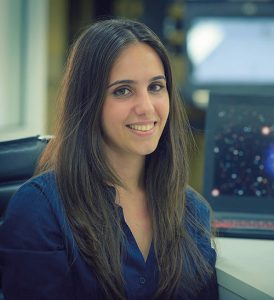
The distortions of galaxy shapes by large masses, provide astronomers with a tool to construct a dark matter map and its distribution in the universe we observe. Images captured using telescopes are analysed carefully to understand the distortions of galaxies due to the presence of dark matter lenses. However, in practice this is a very arduous task because telescopes suffer both from electronic noise as well as atmospheric distortions, so throughout my PhD, I investigated how the noise present in astronomical images could contribute to the distortion of galaxy images and also introduce errors in our maps of dark.
Under the supervision of Prof Kristian Zarb Adami, I applied Bayesian inference to determine the correct measurements of galaxy shapes. However, since the variations in the shape and size of galaxies due to lensing is very small, the measurement of dark matter is extremely difficult. Only novel statistical methods developed within a consistent Bayesian framework allow us to extract the maximum amount of information in such difficult scenarios.
Unfortunately, the application of the new methods in my Ph.D. have shown results that are similar to those reported by other researchers, with the techniques failing to provide the desired accuracy. Nonetheless research goes on, unravelling more mysteries and questions that still need answers.
How bright?
 By Karl Fiteni
By Karl Fiteni
An astronomer’s task is to provide insight into the nature of the universe through the observation of celestial objects. Stars are usually a few hundred, or even thousands, of light-years away—a problematic distance for direct study. Instead, people can study the light emitted by the star rather than the star itself.Continue reading
Look up↑
Earth is just one planet in a solar system that wanders around a galaxy. Each galaxy is unique in its own right, each composed of its special ration of dust, gas, and endless stars. What unites them all is the mysterious dark sky that they float in: the Universe.
A constantly growing expanse of space and time, the Universe’s attractive gravitational force is currently decreasing while its repulsive force is increasing. This repulsive force is referred to as dark energy. It is pushing galaxies apart at an increasing rate, bringing up a flurry of questions. Why is this happening? How does dark energy work? What is the role of magnetism?
To answer these questions and more requires the right tools. Improvements in instrumentation up until now have enabled astronomers to unveil many mysteries, not only in the visible region of our Universe where human eyes are sensitive to electromagnetic waves, but also beyond. This is done through various means. Optical telescopes, such as the famous Hubble Space Telescope, detect the intensity of incoming radiation in the optical band of the spectrum. Fundamentally, all celestial objects emit electromagnetic radiation, among them radio waves.
The observation of cosmic objects in these radio frequencies is defined as radio astronomy. Because radio waves penetrate dust, scientists utilise radio astronomy techniques to explore undetectable areas of space which cannot be seen using visible light by optical telescopes.
The project is an international effort to build the world’s largest multi radio telescope that will have a total collecting area of approximately one million square metres.
The Square Kilometre Array (SKA) project is the largest project planned for the 21st century. It will see thousands of radio telescopes built in South Africa and Australia. It will enable unparalleled insights into the Universe. The project is an international effort to build the world’s largest multi radio telescope that will have a total collecting area of approximately one million square metres. SKA’s developers are building a system that would operate over a wide range of frequencies, and its size would make it 50 times more sensitive than any other radio instrument. It is set to be able to take images of the sky at up to 10,000 times the speed of current survey radio telescopes.
The University of Malta’s (UoM) contribution to the SKA project is being spearheaded by the Institute of Space Sciences and Astronomy (ISSA). ISSA Founder Prof. Kristian Zarb Adami, Faculty of Science Dean Prof. Charles Sammut, and Iman Farhat are developing an antenna which can be printed like a newspaper and can be rolled out like a carpet.
Unlike conventional antennas which are designed to work optimally at one frequency, the engineering prototype developed at the UoM can sense a large range of frequencies and is capable of running applications such as TV, wireless, Bluetooth, and near-field communications. This was also important because ISSA researchers are trying to detect the first atoms and molecules that were formed at the earliest stages of the Universe. This antenna is also intended to serve as a cost-effective element to cover remote locations for SKA.
The SKA project is scheduled to be built in phases, starting in 2018 and finishing in 2024. Even before the SKA is online, several thousand combined radio telescopes will be collecting and processing data equivalent to 100 times today’s global internet traffic per [unit of time].
The first small scale prototype antenna ISSA built had 256 elements and met SKA’s application and requirements. This was immensely motivating, especially when considering the high standards of this world-wide consortium. The initial success drove home the possibility of further in-depth studies.
ISSA has now embarked on building a large-scale version of the array (funded by the Technology Development Programme of the Malta Council for Science and Technology and Malta Communications Authority). The Malta array demonstrator is an implementation of two antenna arrays. Each array consists of 5,000 elements covering an area of 100 m2. The main aim of this is to test the array in an environment close to its real world conditions. The characterisation of the antenna array radiation pattern is being investigated using a far-field flying source. The system makes use of drones equipped with a transmitter and a dipole antenna that communicates with the array on test. The team is now working on this antenna to ensure a seamless performance.
SKA is a behemoth of a project, involving about 100 organisations across 20 countries. With it, scientists and researchers all over the world will be able to conduct transformational science in astronomical observation, breaking new ground with every step and redefining our understanding of space as we know it.
Key goals include challenging Albert Einstein’s theory of relativity to have a closer look at how the very first stars and galaxies formed moments after the Big Bang. It could also potentially provide an answer to one of the greatest mysteries known to humankind—are we alone in the Universe? 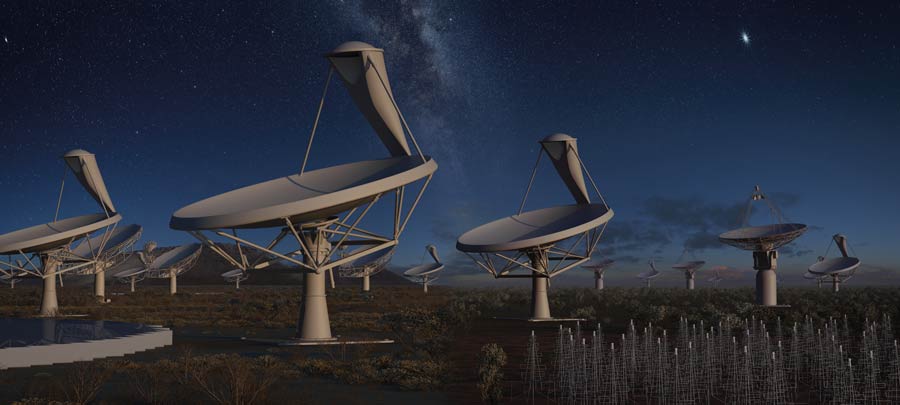
Analysing Alice: Finding order in chaos
With every particle collision in the ALICE experiment, a terabyte of data per second is generated for analysis. But not all of it is essential information. David Reuben Grech speaks to Dr Gianluca Valentino and Dr Johann A. Briffa about their work in separating the wheat from the chaff and removing noise from two of ALICE’s 18 subdetectors.
Curious matters
Society is built on curiosity; the drive to find answers to life’s abounding questions. This curiosity continues to fuel our brightest minds today. Cassi Camilleri talks to ALICE experiment leader Prof. Paolo Giubellino about his work at CERN and how it impacts our daily lives.
Meet the research team
Prof. Ing. Edward Gatt & Dr Ing. Owen Casha – Faculty of ICT
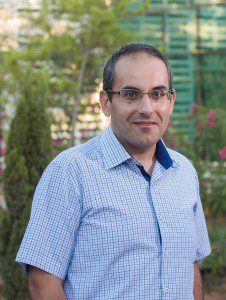
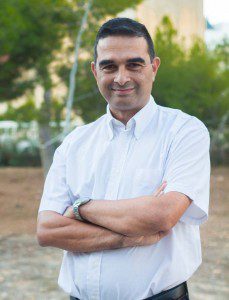 Physicist Dr Giacinto De Cataldo (Head of the HMPID detector) got in touch with Gatt and Casha to work on two microelectronics projects for CERN. Their first project was the O2 Project—a series of upgrades for the ALICE experiment. One of upgrades focuses on improving the Ring-Imaging Cherenkov detector (RICH), found in the HMPID detector, a device that identifies the type of electrically charged particles being emitted by the detector. The second project is the implementation of a Remotely Configurable L0 Trigger Fan-out Module for the ALICE Detector. It involves the clocking management of the ALICE detector with high precision. This research could also be used in consumer telecommunication systems, improving radio frequency circuits’ performance. Finally, Gatt is researching how to improve chip designs used to detect physical phenomena from particle collisions with the aim of making them more intelligent and power-efficient.
Physicist Dr Giacinto De Cataldo (Head of the HMPID detector) got in touch with Gatt and Casha to work on two microelectronics projects for CERN. Their first project was the O2 Project—a series of upgrades for the ALICE experiment. One of upgrades focuses on improving the Ring-Imaging Cherenkov detector (RICH), found in the HMPID detector, a device that identifies the type of electrically charged particles being emitted by the detector. The second project is the implementation of a Remotely Configurable L0 Trigger Fan-out Module for the ALICE Detector. It involves the clocking management of the ALICE detector with high precision. This research could also be used in consumer telecommunication systems, improving radio frequency circuits’ performance. Finally, Gatt is researching how to improve chip designs used to detect physical phenomena from particle collisions with the aim of making them more intelligent and power-efficient.
Kevin Napoli – Computing CERN Openlab Student
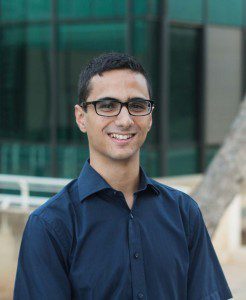 “My summer experience at CERN was remarkable. The sharing of knowledge among students and researchers was the highlight of the trip. During the openlab programme we attended lectures about security, machine learning, computer hardware, software optimisation and lots more, many of which are topics not covered at our home university. We also played a role in the ALICE experiment and I worked on my project alongside top notch computer scientists. Another positive aspect of the programme were the various trips to companies and universities in Switzerland. Being able to say that I have worked at CERN is something I will value throughout my career.”
“My summer experience at CERN was remarkable. The sharing of knowledge among students and researchers was the highlight of the trip. During the openlab programme we attended lectures about security, machine learning, computer hardware, software optimisation and lots more, many of which are topics not covered at our home university. We also played a role in the ALICE experiment and I worked on my project alongside top notch computer scientists. Another positive aspect of the programme were the various trips to companies and universities in Switzerland. Being able to say that I have worked at CERN is something I will value throughout my career.”
Julia Vella – Physics CERN Summer Student
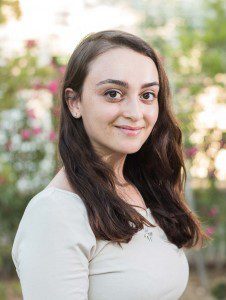 ʻThe months spent at CERN for the summer student internship programme were not only an invaluable experience, but also an insight to future potential careers for my colleagues and I. Based within the HMPID detector of the ALICE experiment, we had a six-week lecture program focused on the fundamental properties of nature. The bulk of the work we were involved in centred on implementing programming languages to process raw data from collisions into useful knowledge. Geneva provided a change of pace for us that was conducive to both hard work and extra curricular activities. Travelling across borders, visiting main projects and control centres at CERN, while also socialising with students from all over the globe, made it an all-encompassing experience not easily matched.ʼ
ʻThe months spent at CERN for the summer student internship programme were not only an invaluable experience, but also an insight to future potential careers for my colleagues and I. Based within the HMPID detector of the ALICE experiment, we had a six-week lecture program focused on the fundamental properties of nature. The bulk of the work we were involved in centred on implementing programming languages to process raw data from collisions into useful knowledge. Geneva provided a change of pace for us that was conducive to both hard work and extra curricular activities. Travelling across borders, visiting main projects and control centres at CERN, while also socialising with students from all over the globe, made it an all-encompassing experience not easily matched.ʼ
Josef Magri – M.Sc. Student
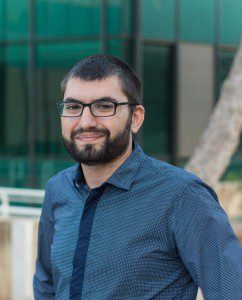 The HMPID takes snapshots of the faint patterns generated by the high-energy collisions, passing this information through the RICH electronics module which cleans and transforms it for analysis. Magri is working to optimise the electronic circuits and control boards to improve how data is handled. So far, he has manipulated computer processes to create parallelism, allowing for processes that previously happened one after the other to occur simultaneously. He also used high-throughput interconnects, which, when coupled with parallelism, are expected to increase data collection tenfold. Magri’s work will be combined with that of other researchers and integrated by 2020 in order to improve the detector’s accuracy, potentially revealing building blocks of matter that might have yet to be seen.
The HMPID takes snapshots of the faint patterns generated by the high-energy collisions, passing this information through the RICH electronics module which cleans and transforms it for analysis. Magri is working to optimise the electronic circuits and control boards to improve how data is handled. So far, he has manipulated computer processes to create parallelism, allowing for processes that previously happened one after the other to occur simultaneously. He also used high-throughput interconnects, which, when coupled with parallelism, are expected to increase data collection tenfold. Magri’s work will be combined with that of other researchers and integrated by 2020 in order to improve the detector’s accuracy, potentially revealing building blocks of matter that might have yet to be seen.
Clive Seguna – Ph.D. student
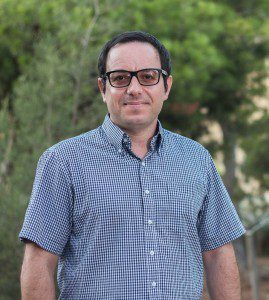 Working in close collaboration with Magri, Seguna is developing novel electronic circuitry for the CPV and HMPID detectors, that will boost the speed at which collisions are read, going from 4 kHz to 50 kHz, the speed at which the beams interact: true real time. Seguna’s research will be taken on at CERN between 2020–2023.
Working in close collaboration with Magri, Seguna is developing novel electronic circuitry for the CPV and HMPID detectors, that will boost the speed at which collisions are read, going from 4 kHz to 50 kHz, the speed at which the beams interact: true real time. Seguna’s research will be taken on at CERN between 2020–2023.

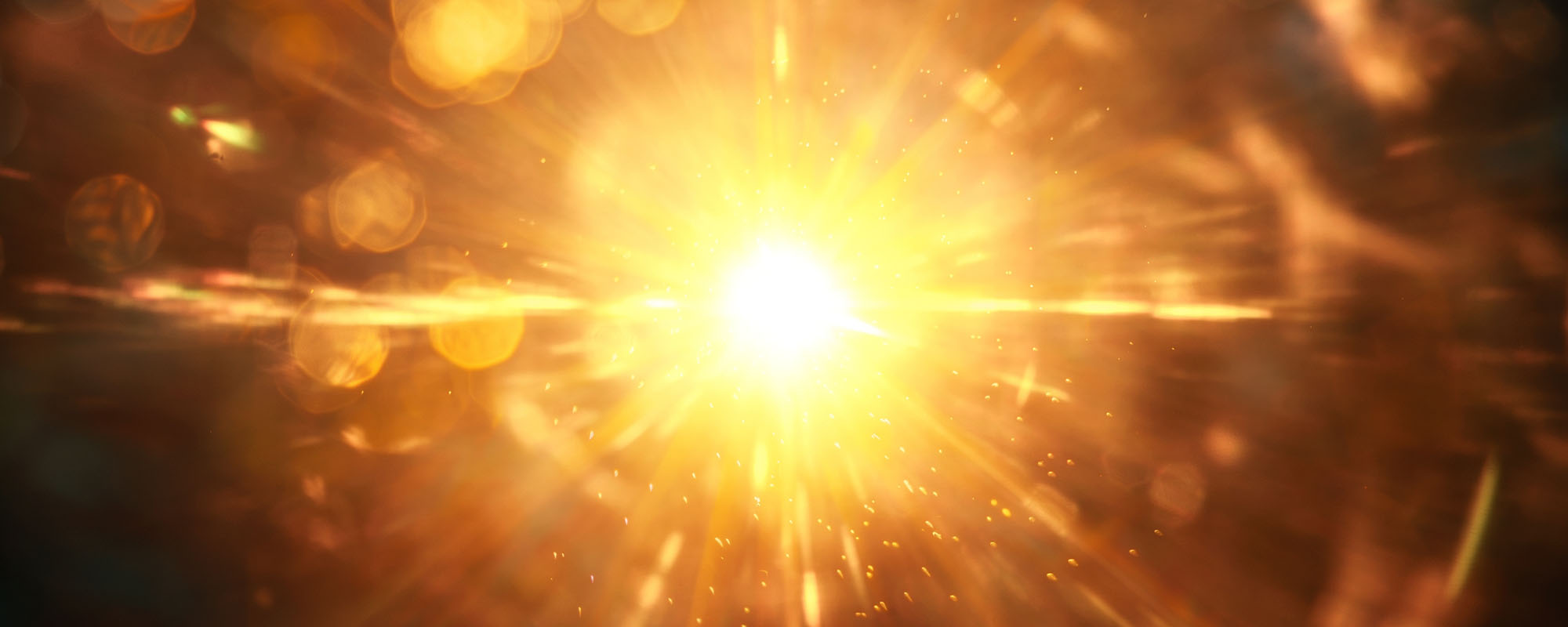
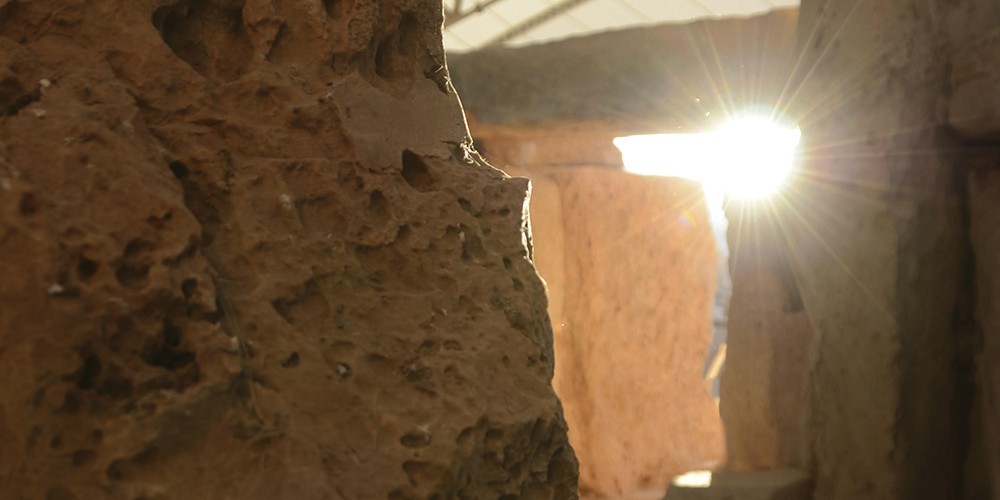

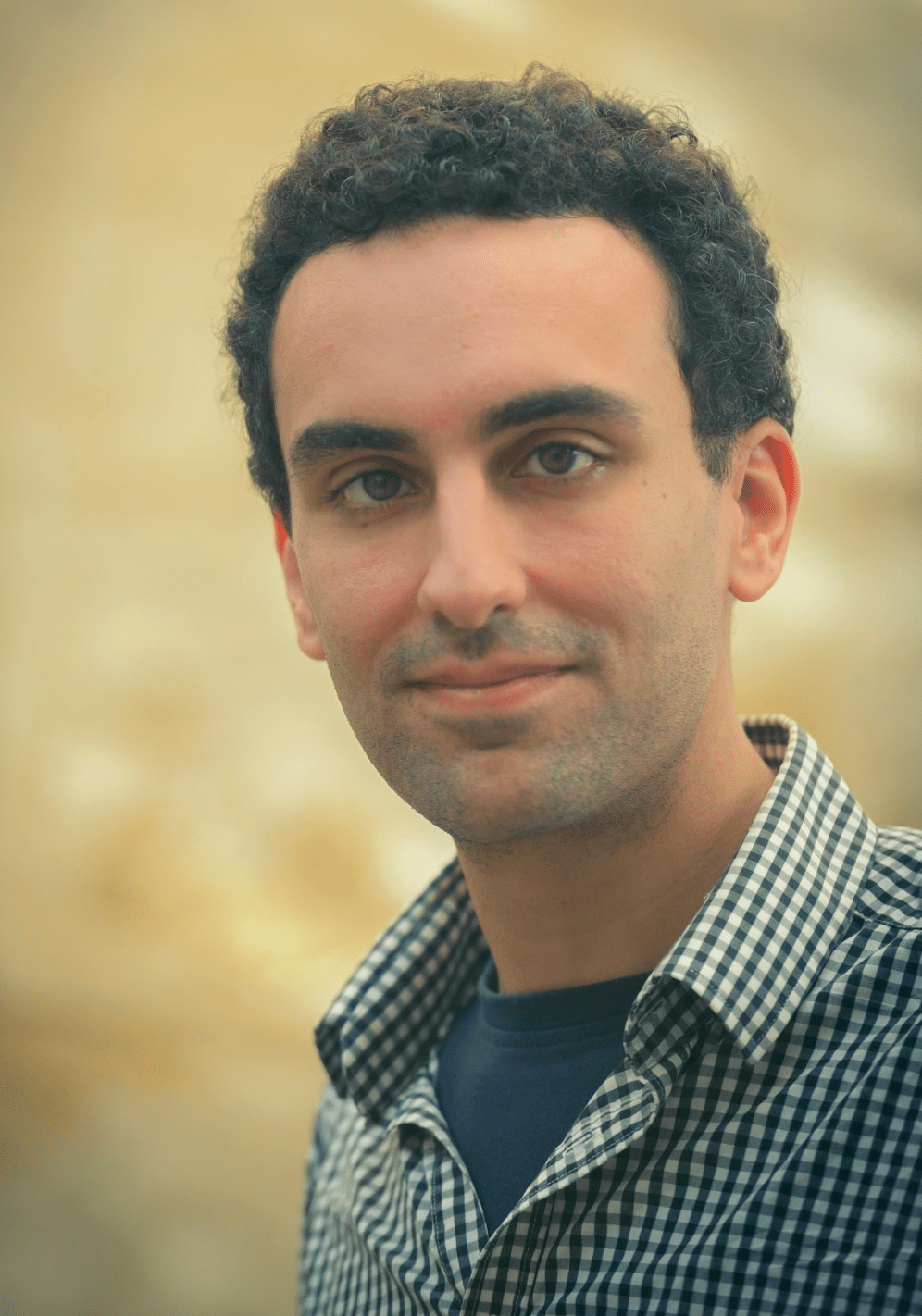
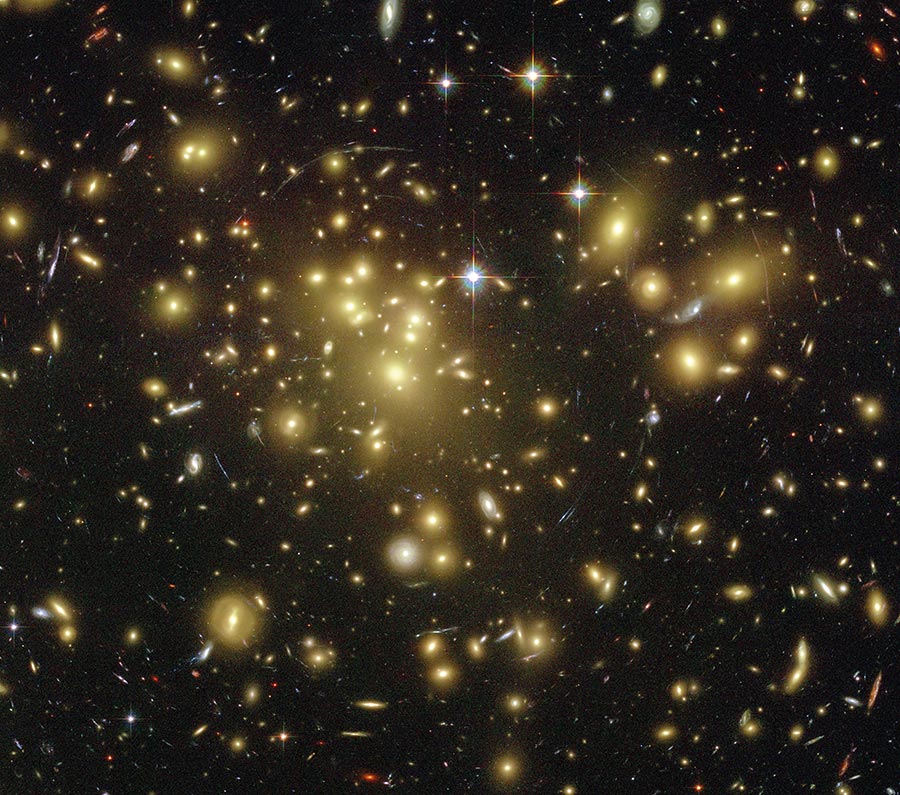
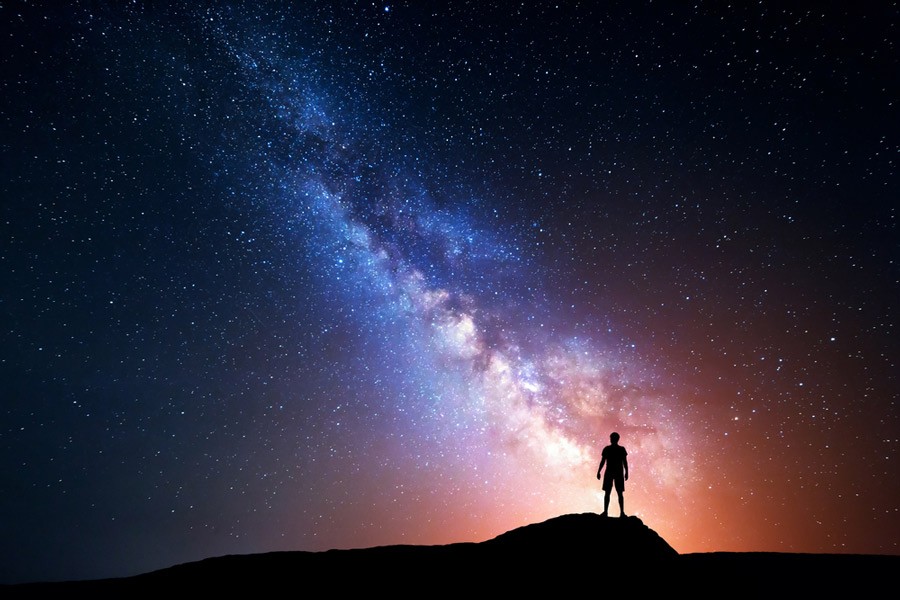
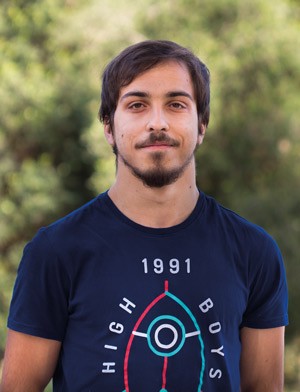 By Karl Fiteni
By Karl Fiteni